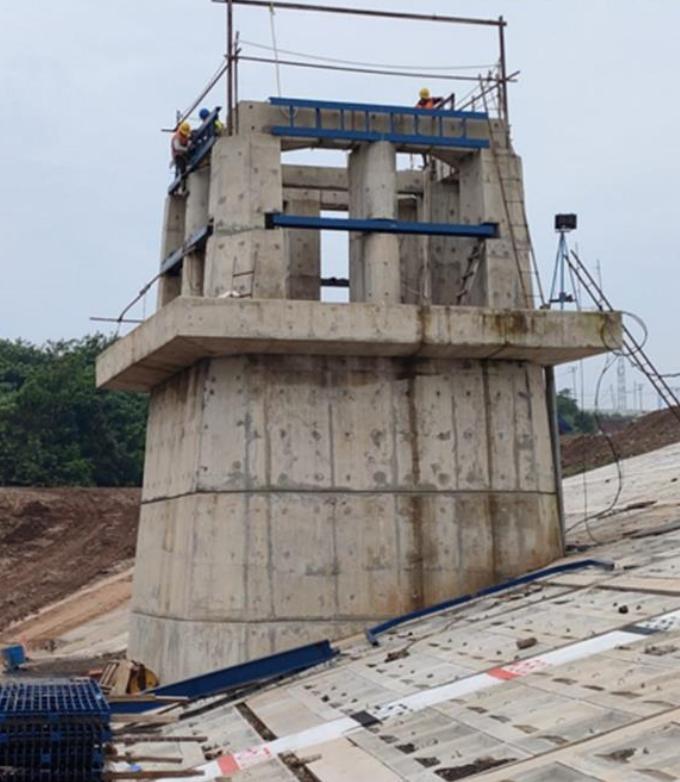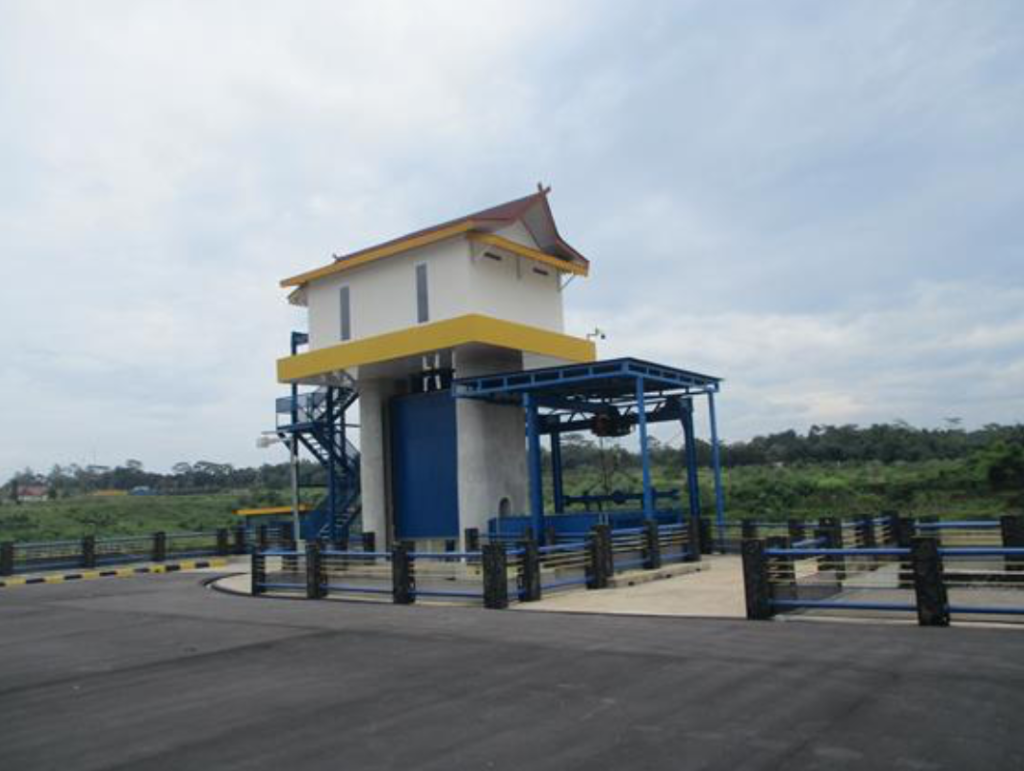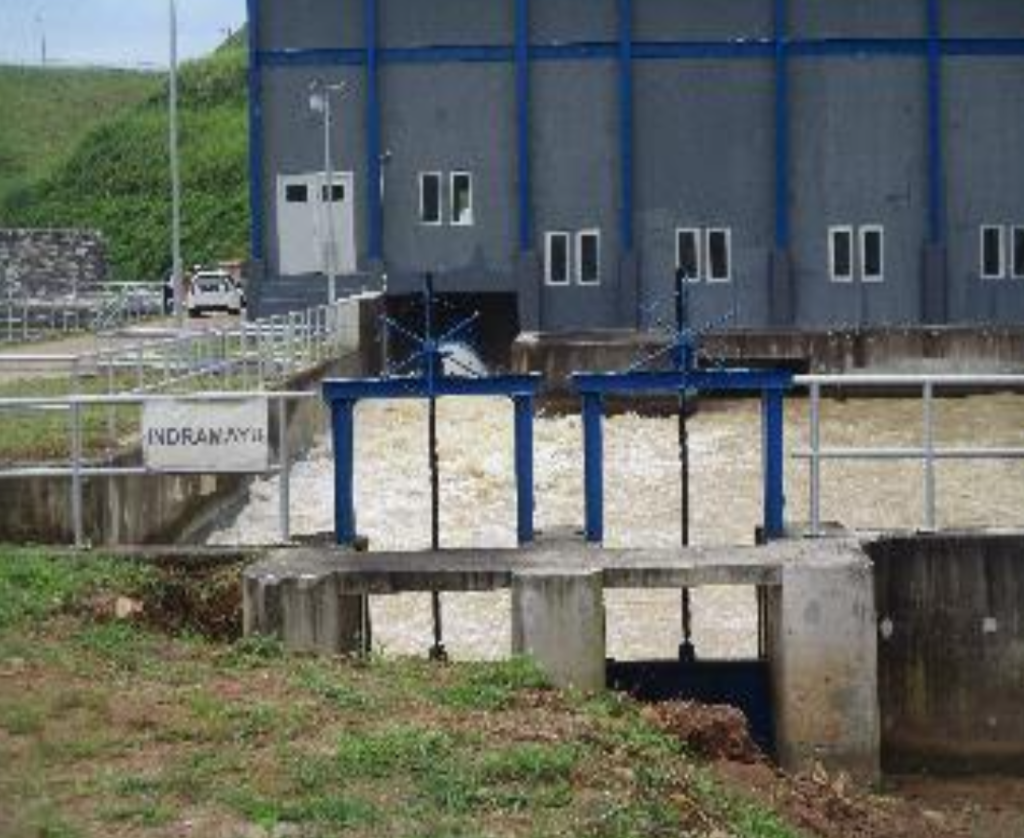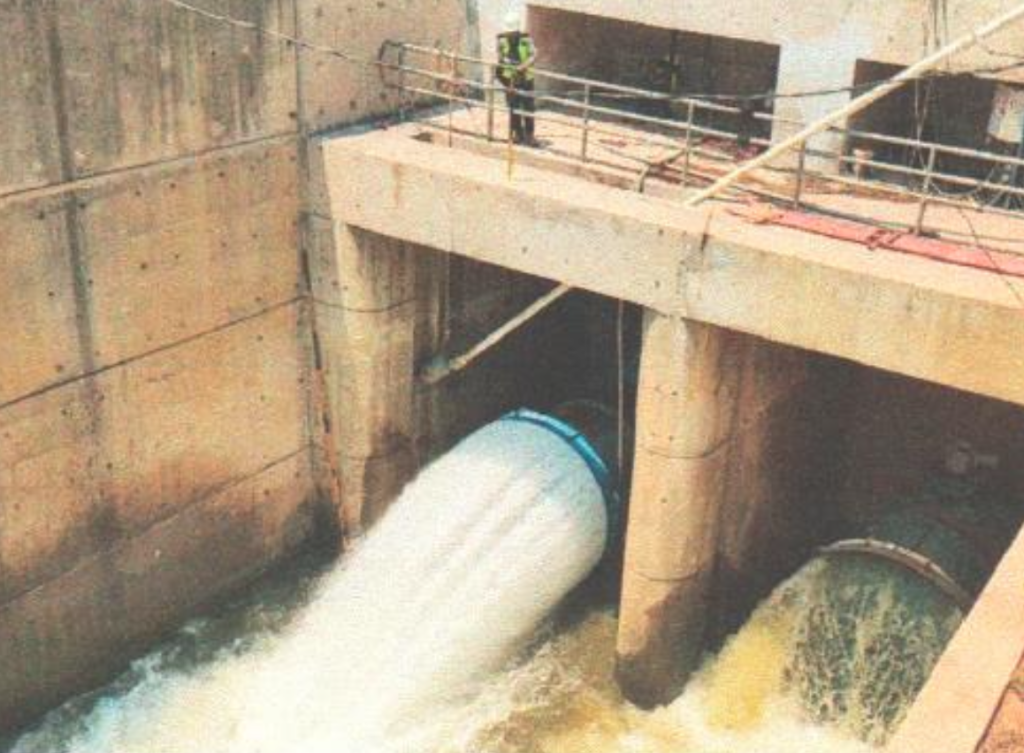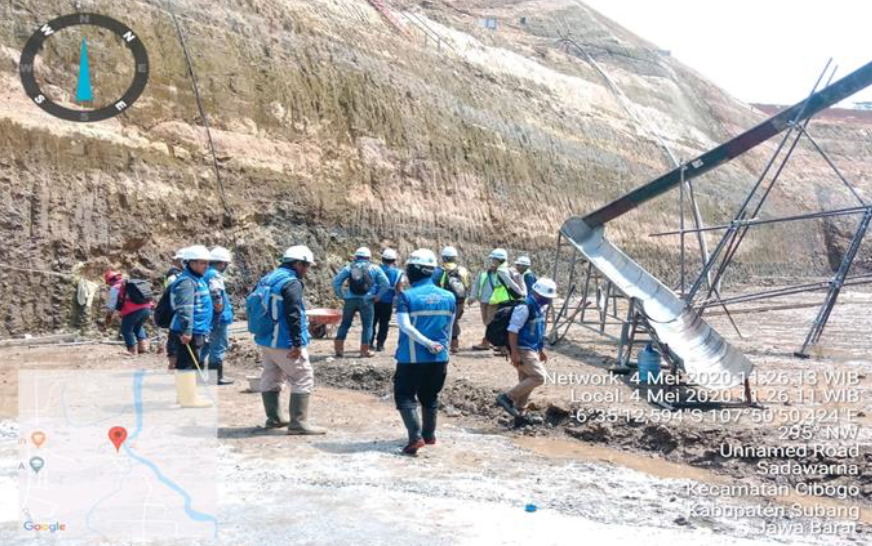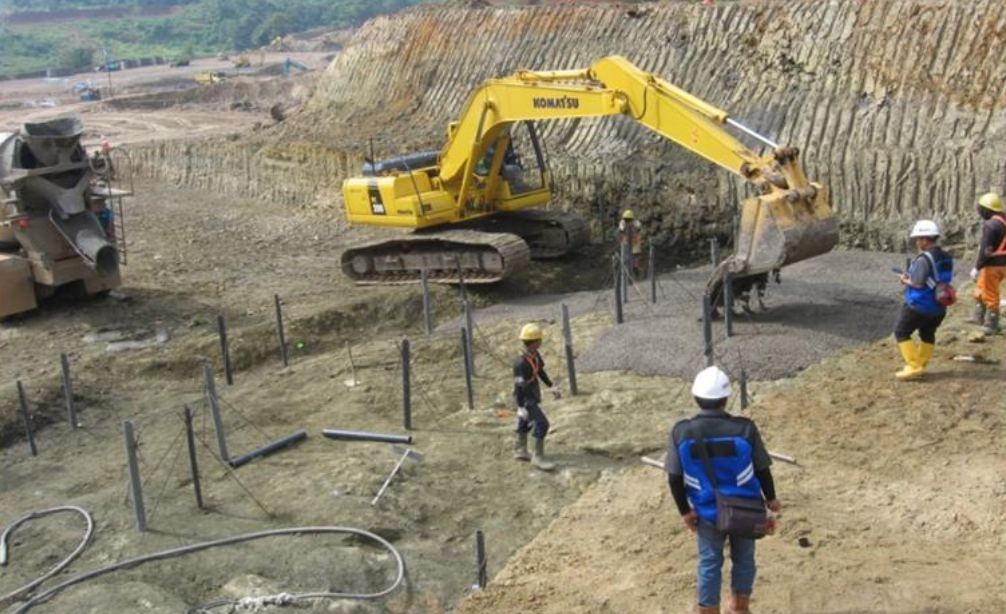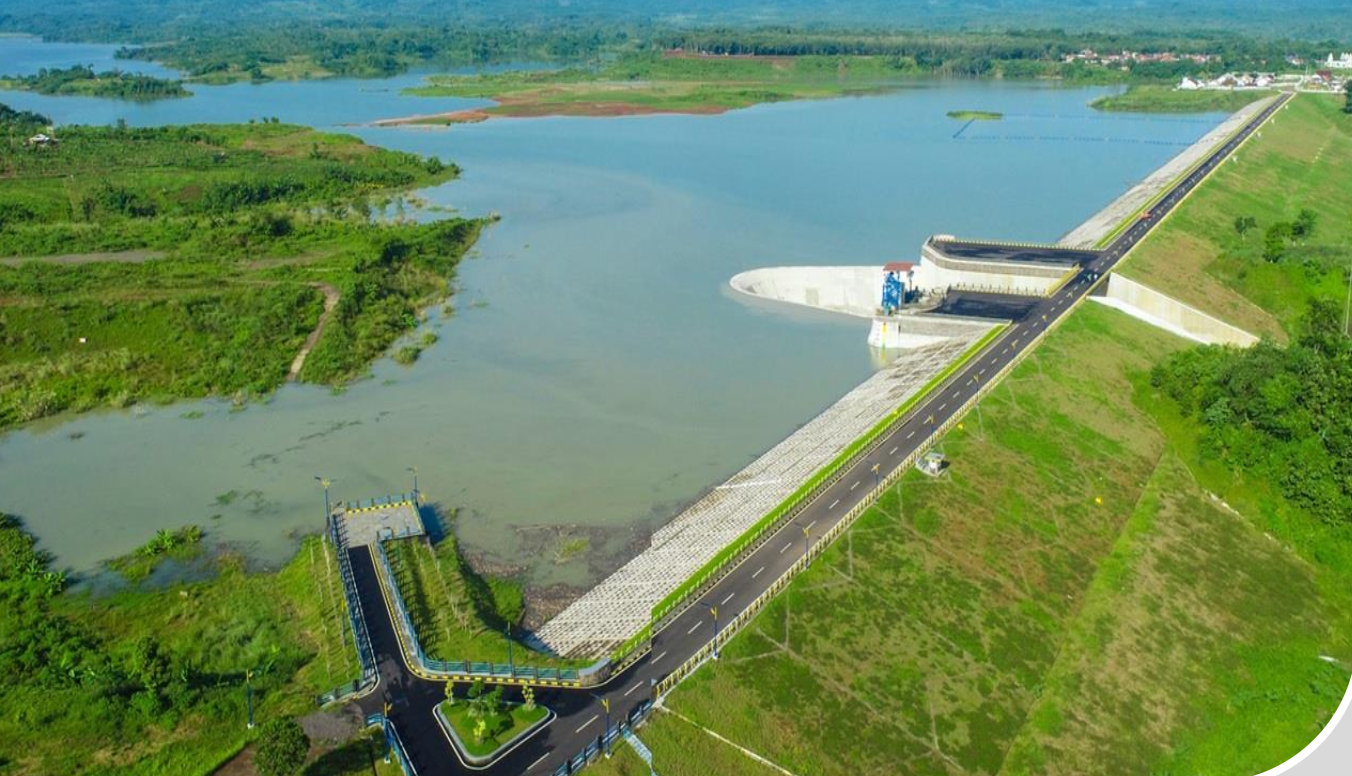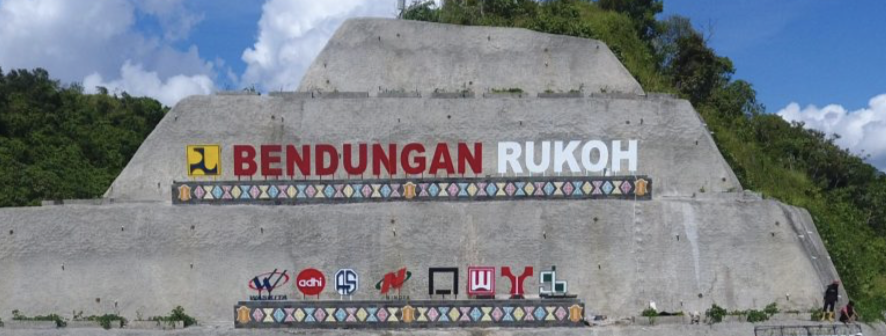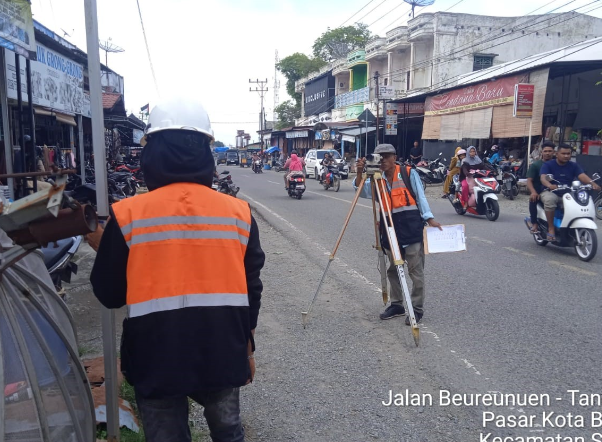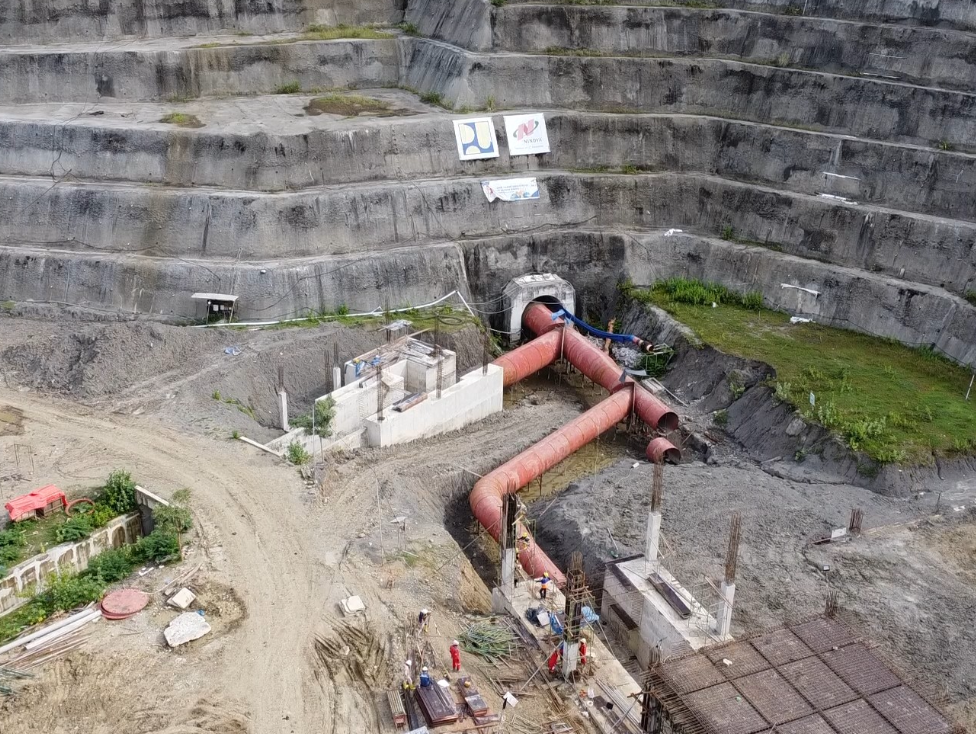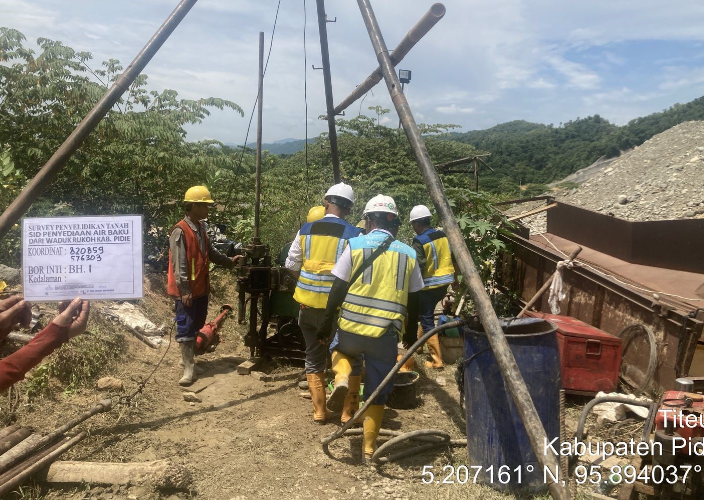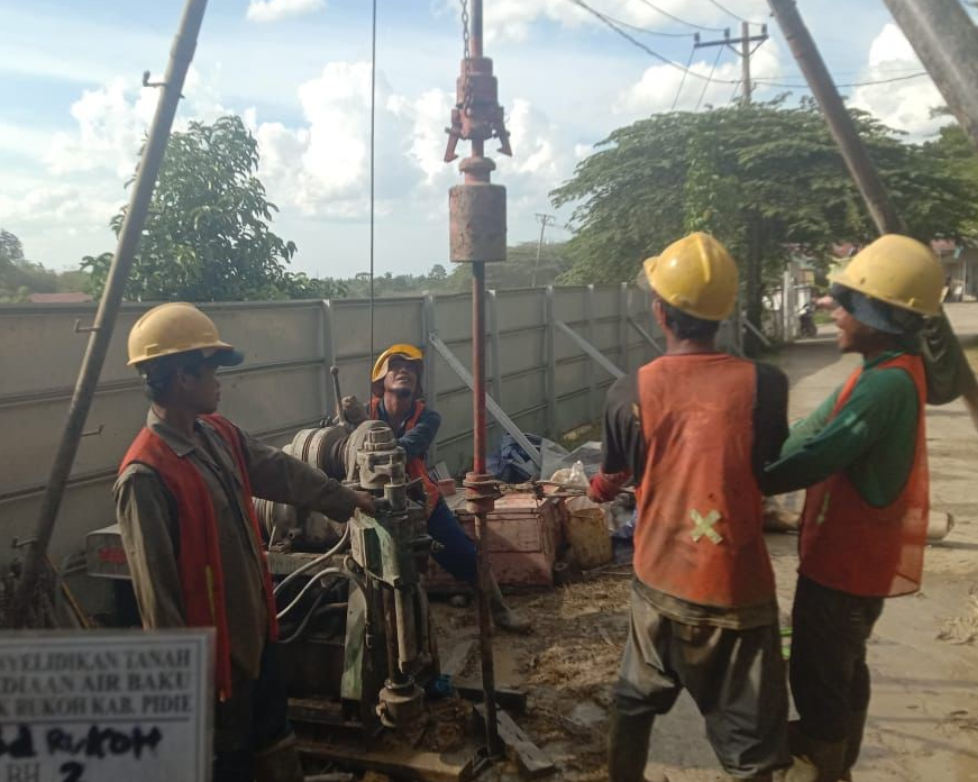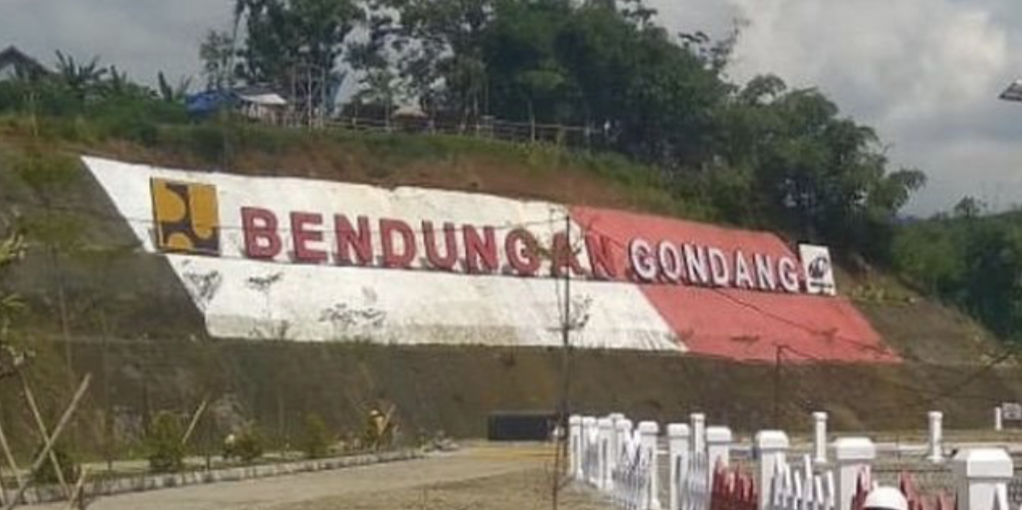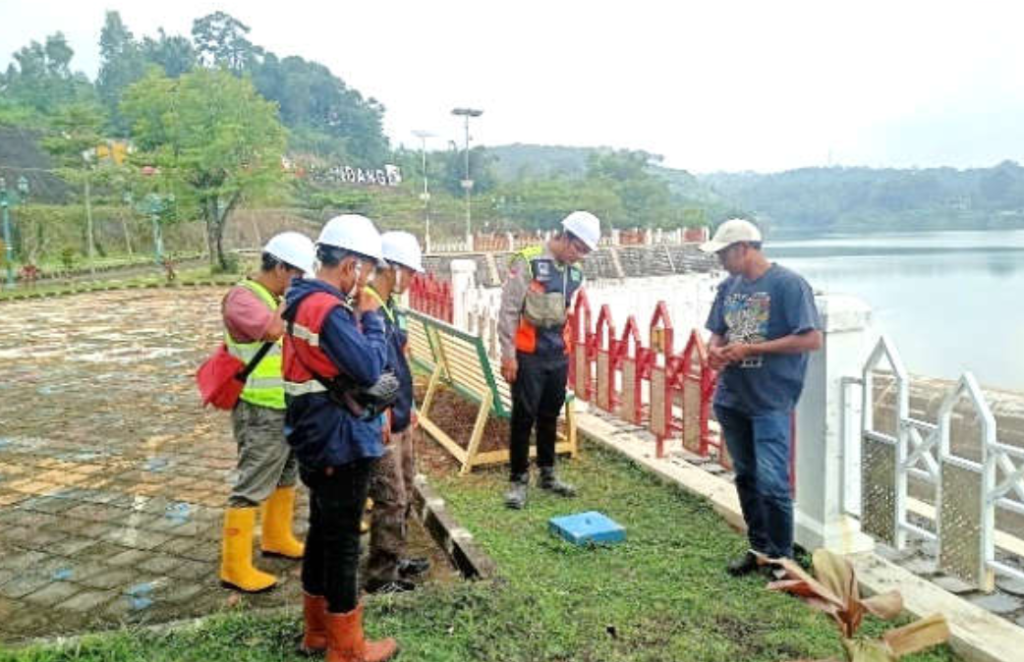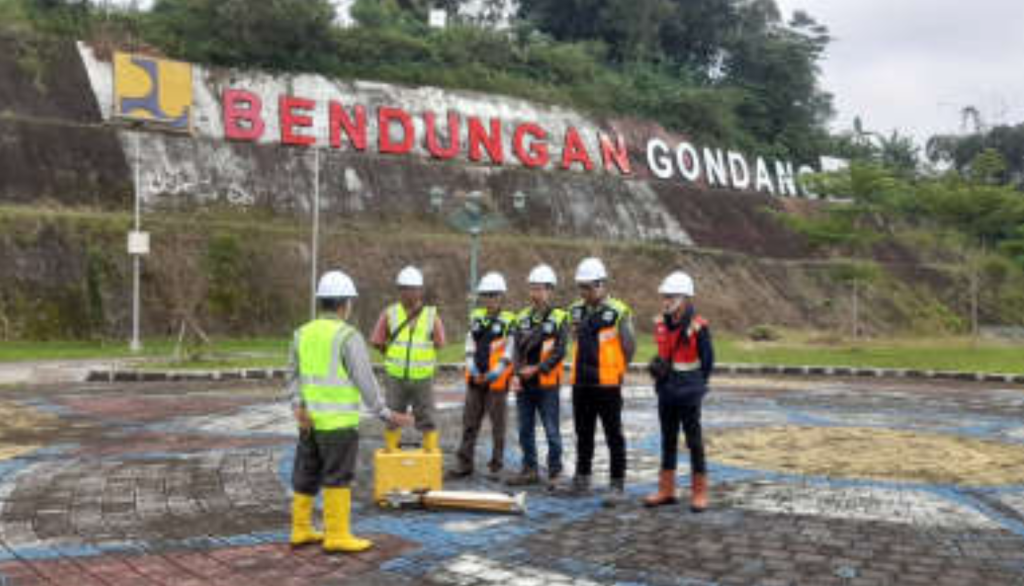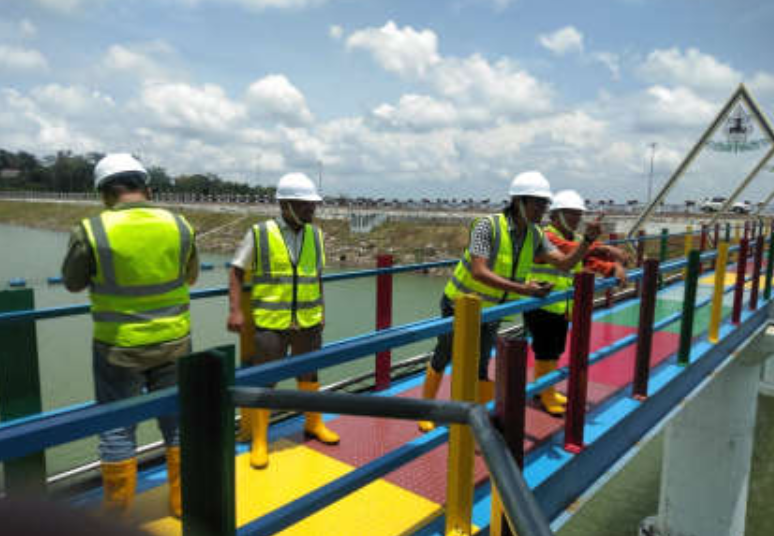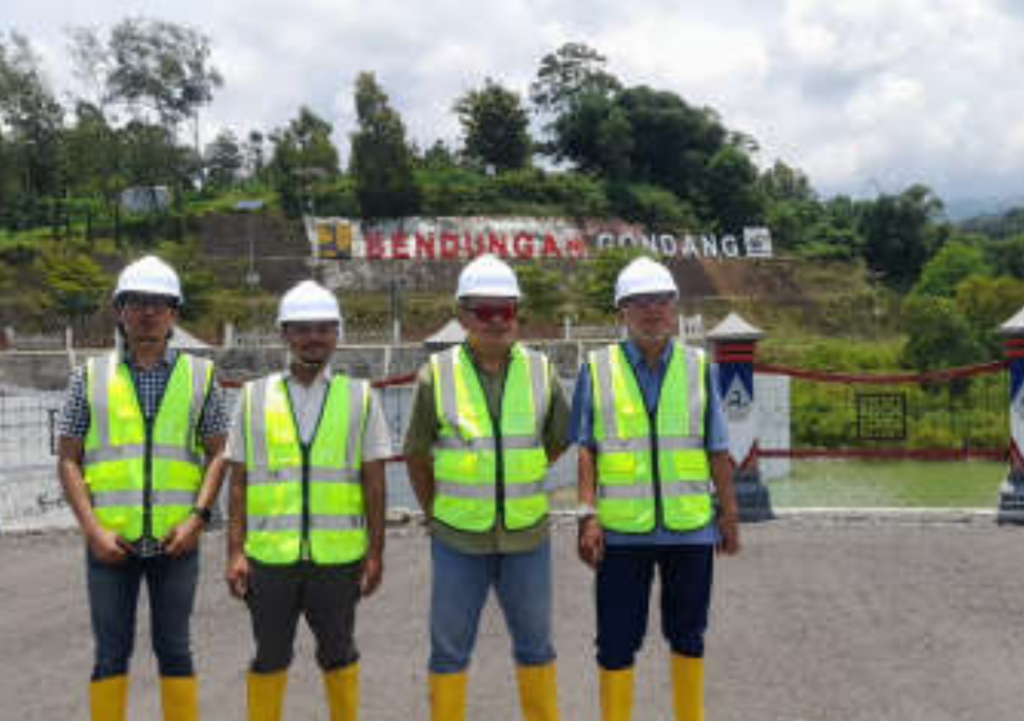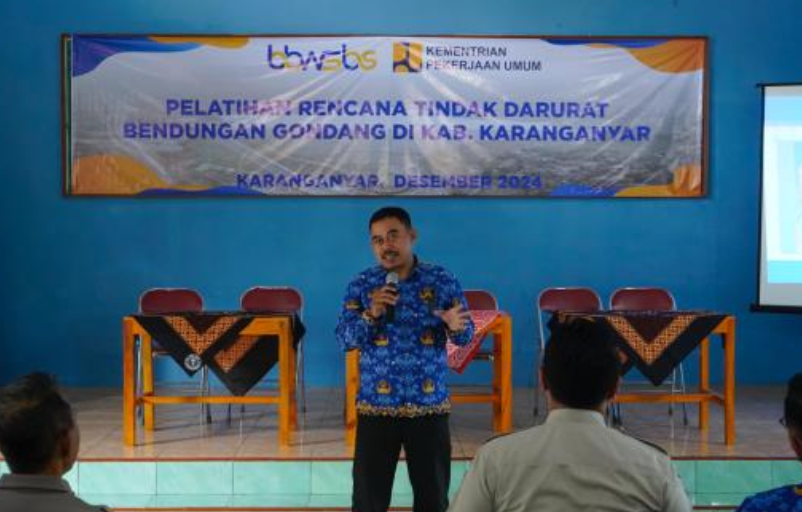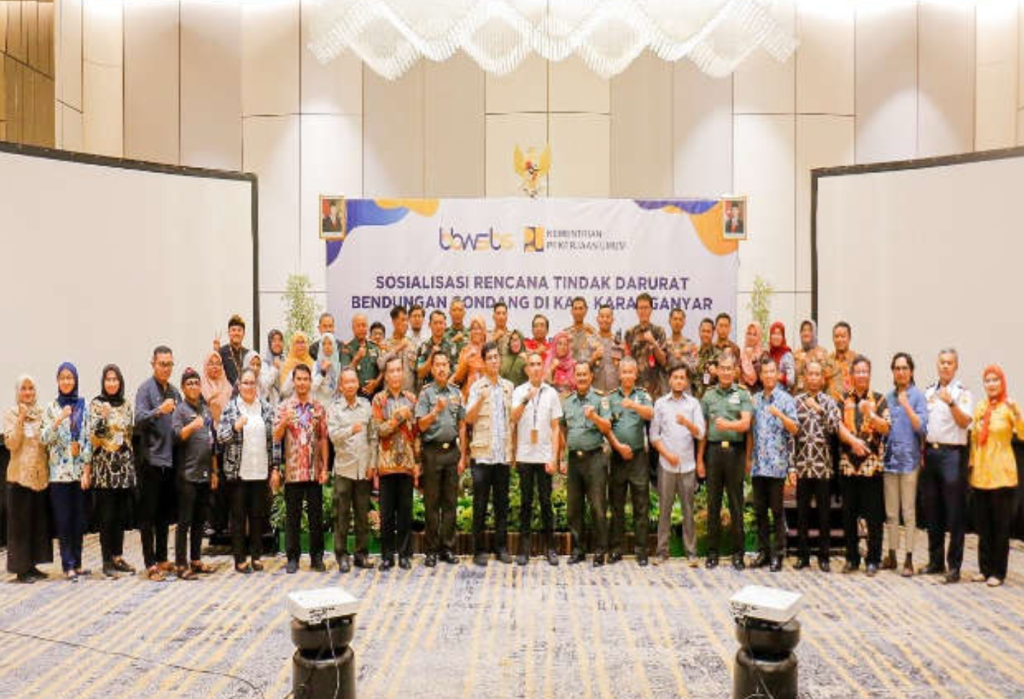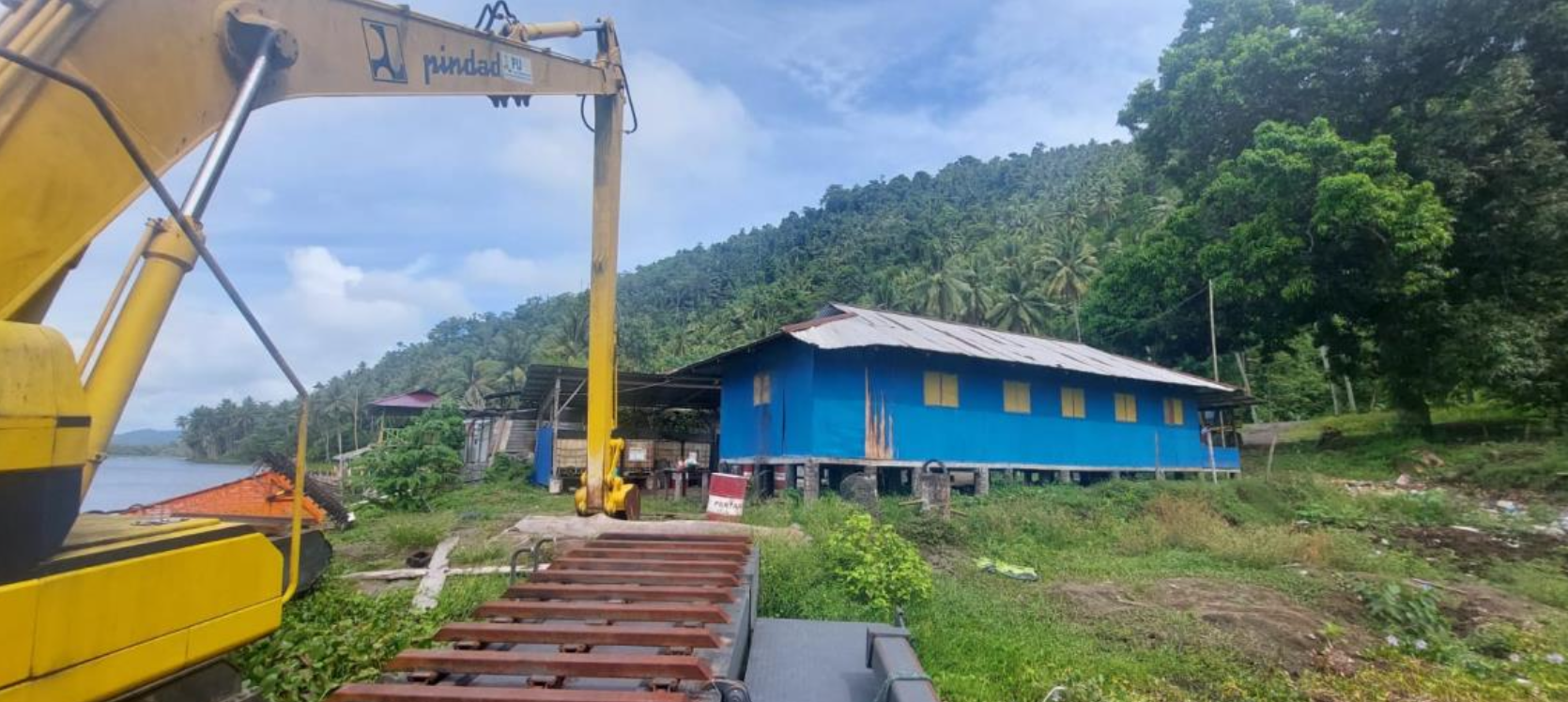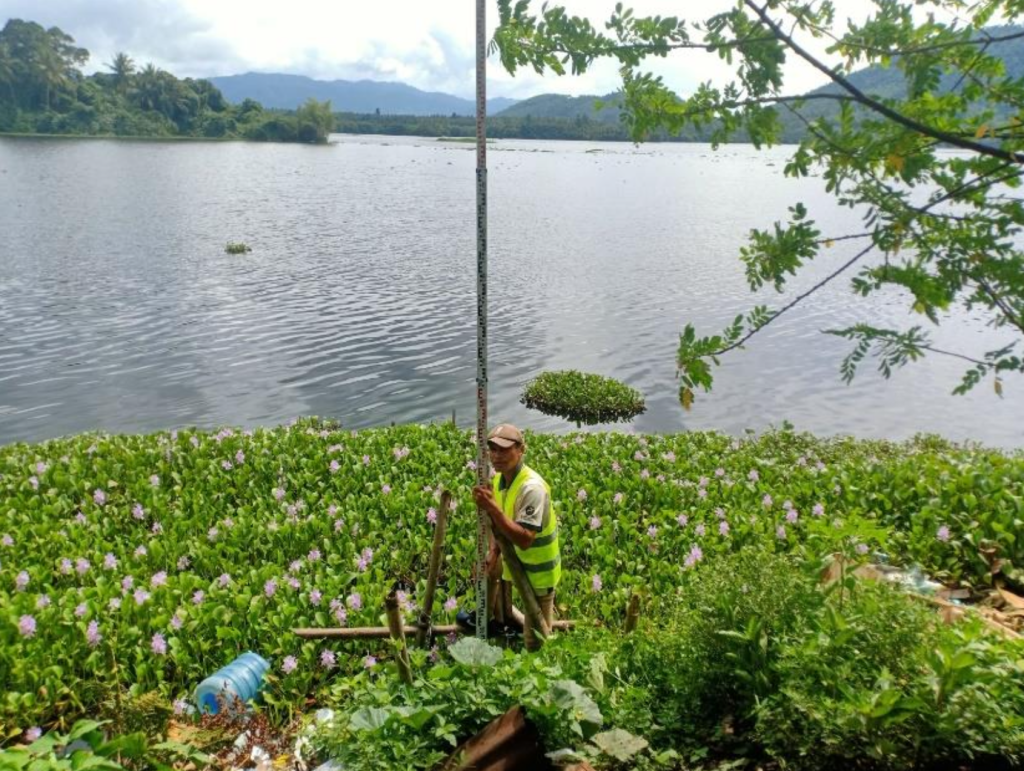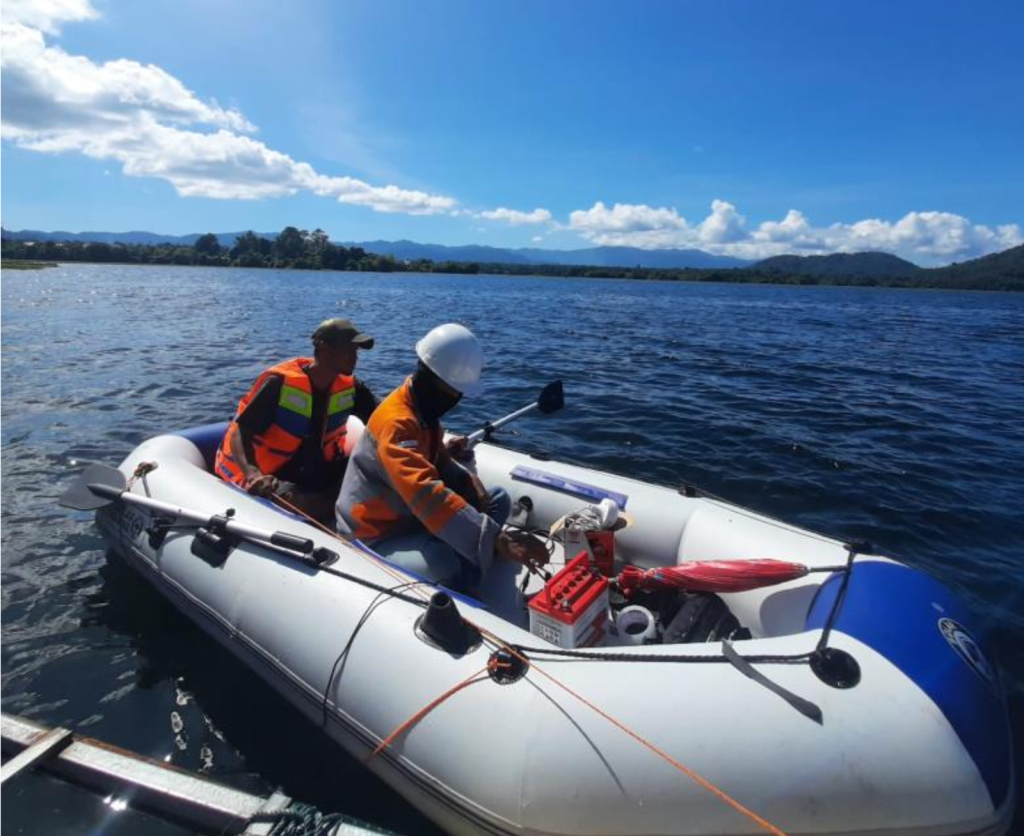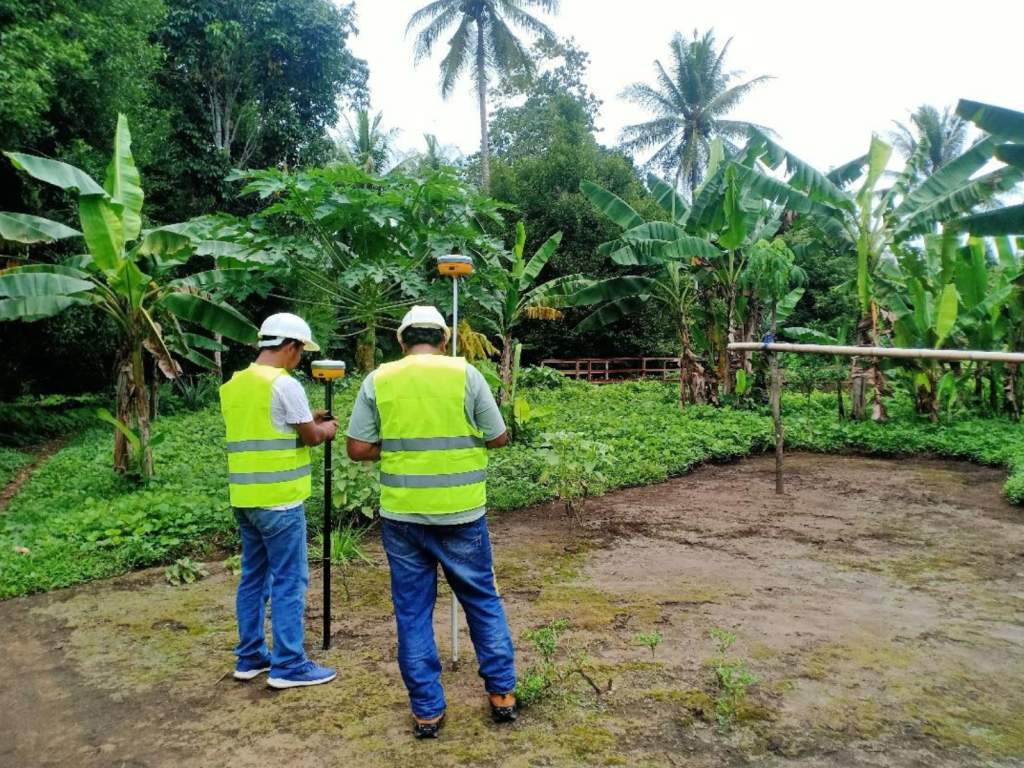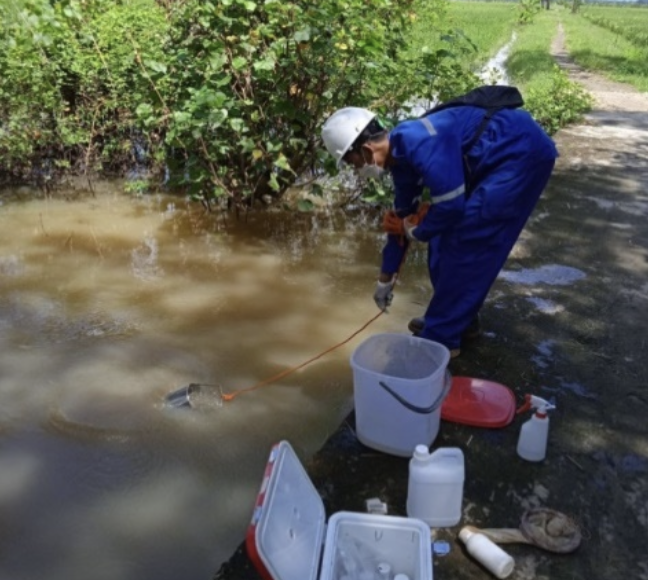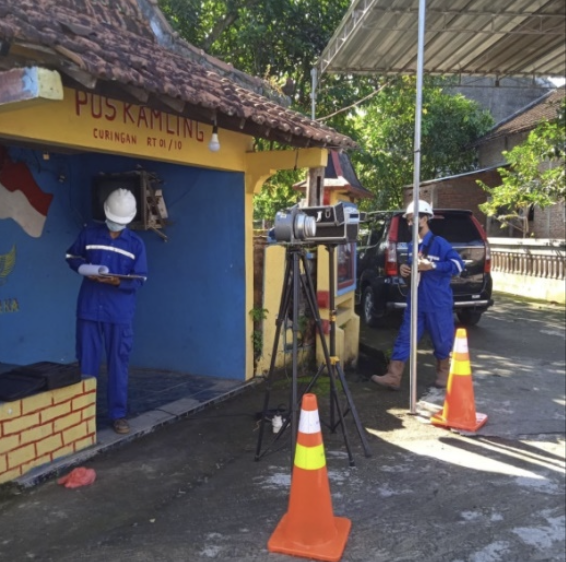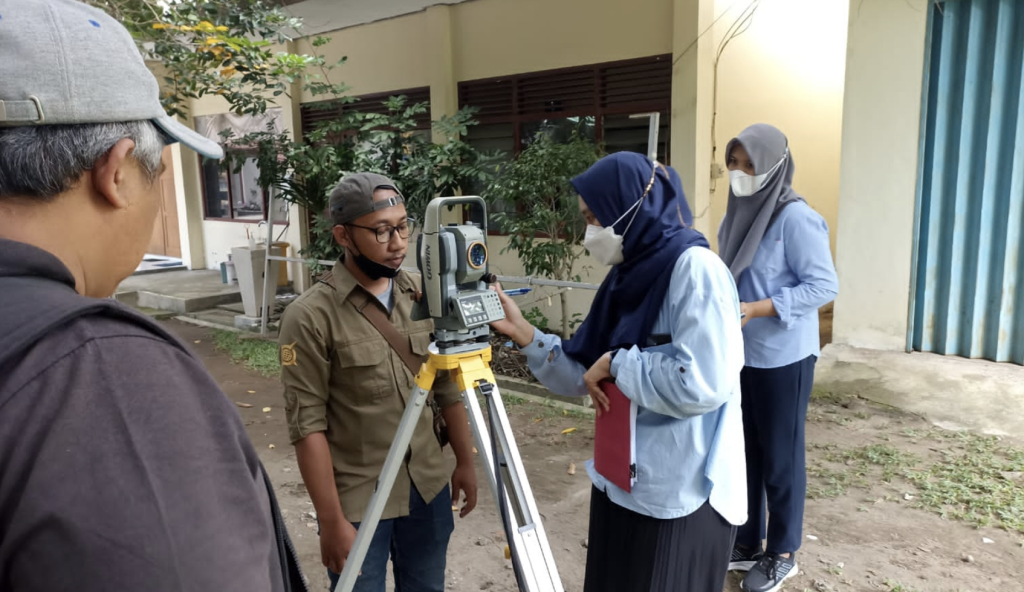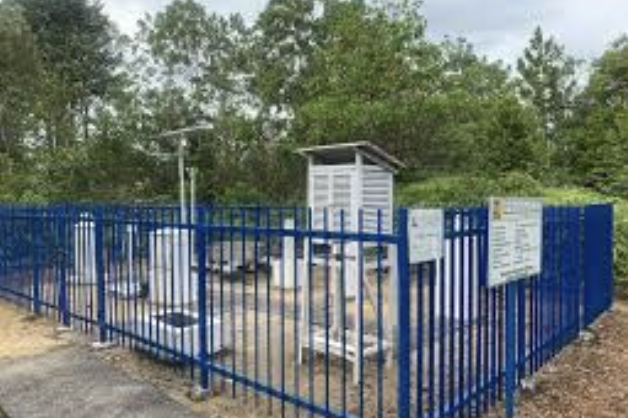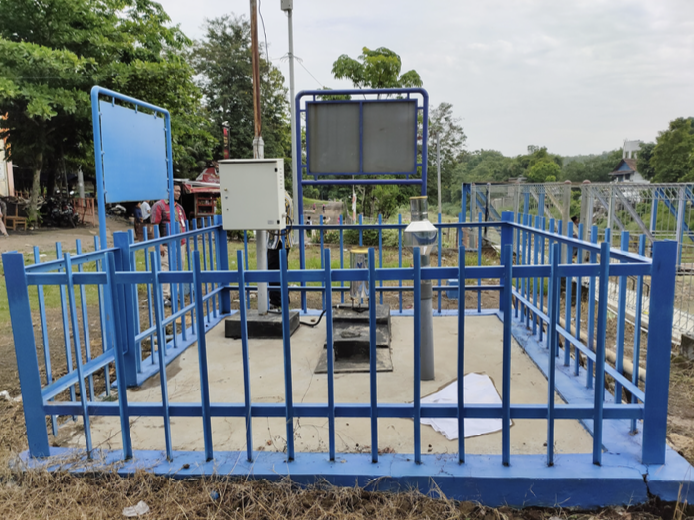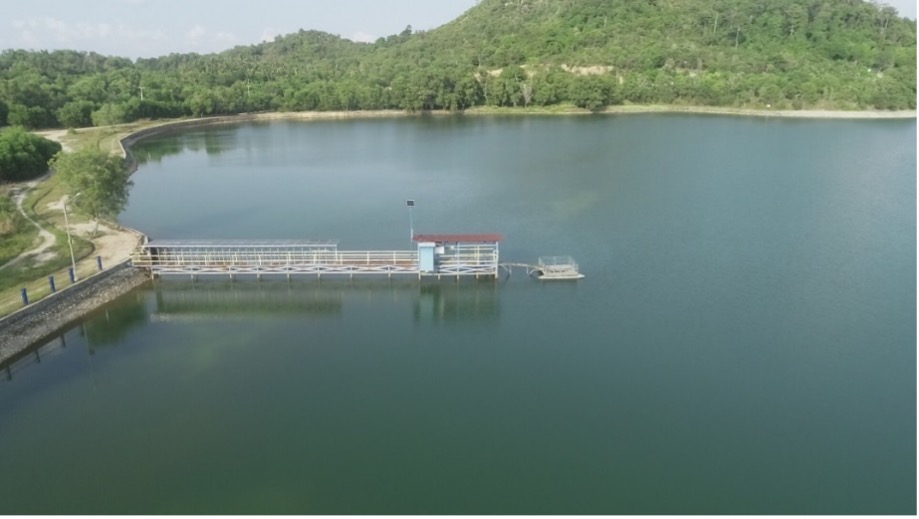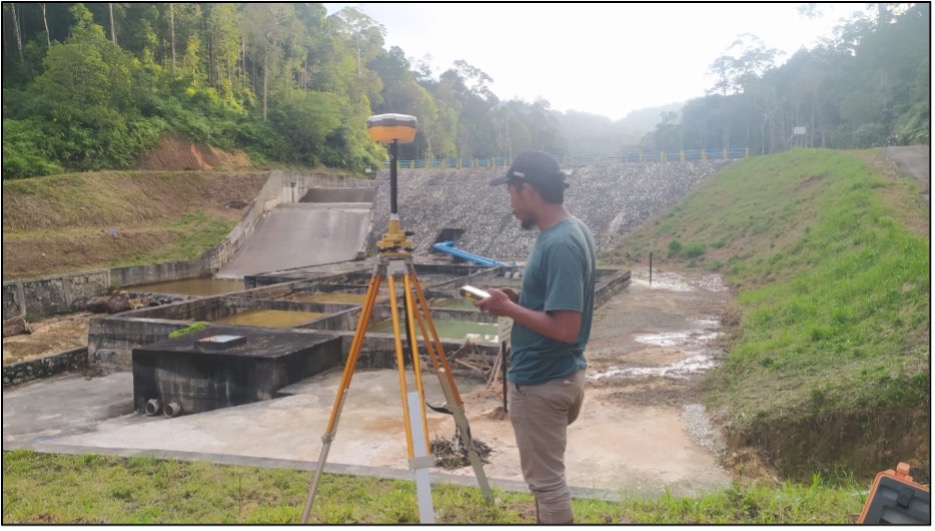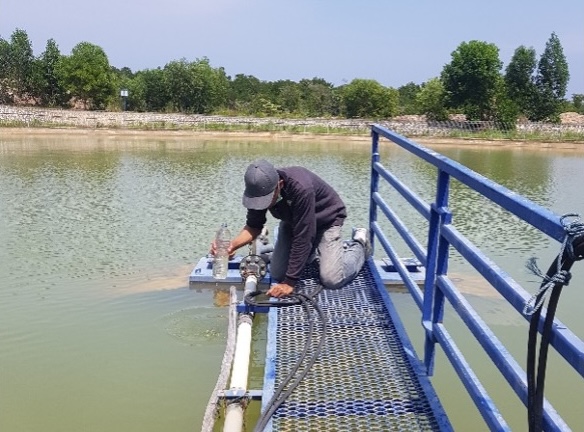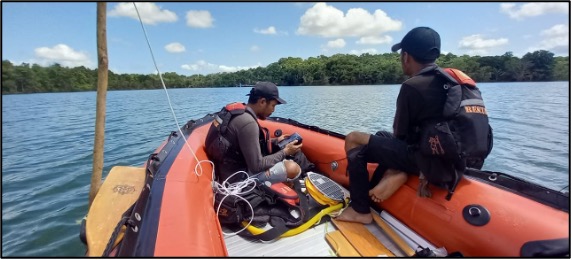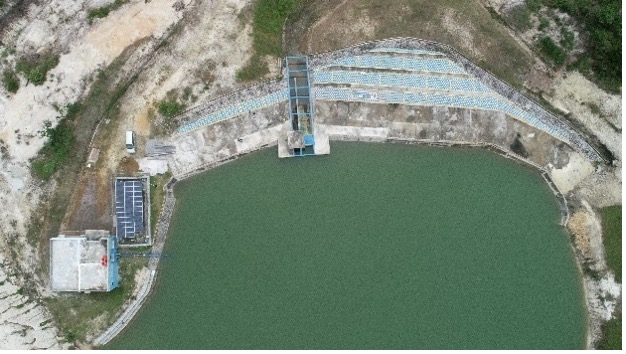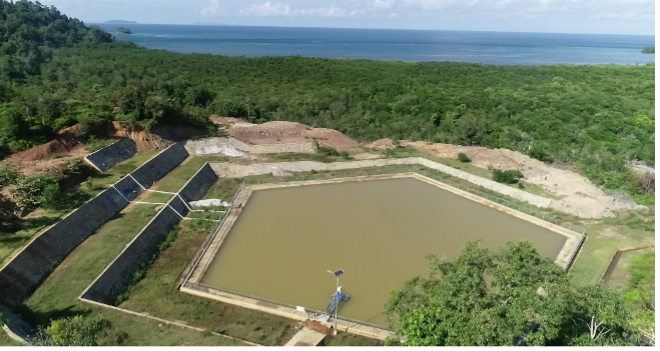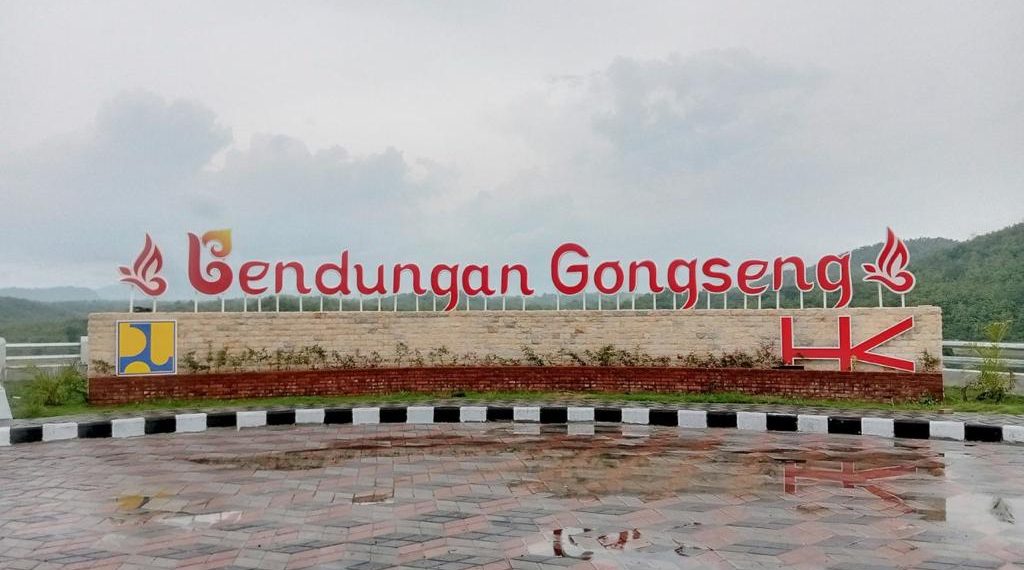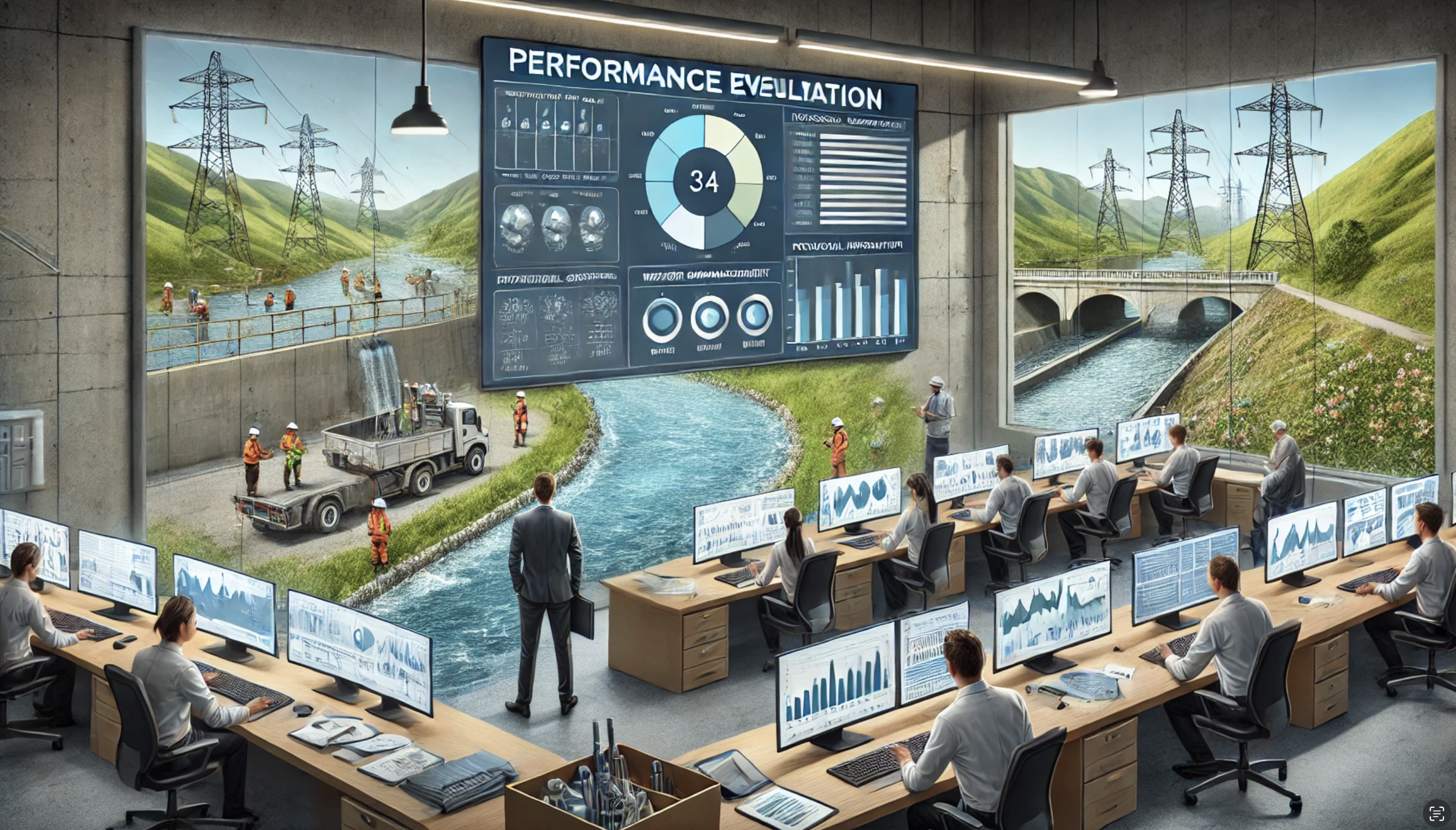The Operation and Maintenance (O&M) Certification for Sadawarna Dam is a key project to ensure that dam management practices meet national dam safety standards and international best practices. As a strategic dam in West Java, Sadawarna provides multiple benefits including irrigation supply, raw water provision, flood mitigation, and regional water security.
The consultancy services included:
- Comprehensive review of O&M procedures, covering dam operations, hydrological monitoring, and instrumentation.
- Structural and mechanical inspections to confirm the reliability of spillways, gates, and monitoring devices.
- Safety and risk assessment, focusing on potential hazards, emergency preparedness, and contingency planning.
- Institutional and capacity assessment to strengthen the capabilities of the dam operator and related agencies.
- Certification documentation and recommendations, serving as an official basis for operational approval and regulatory compliance.
Through this certification process, Sadawarna Dam is recognized as being managed under safe, accountable, and sustainable operational standards. The project contributes to:
- Ensuring operational reliability of critical water infrastructure.
- Reducing disaster risk for communities living downstream.
- Supporting agricultural productivity and food security through stable irrigation supply.
- Enhancing regional resilience against water scarcity and climate variability.
This certification not only validates the technical readiness of Sadawarna Dam but also strengthens the institutional framework for dam governance in Indonesia, ensuring long-term sustainability of national water resources.
